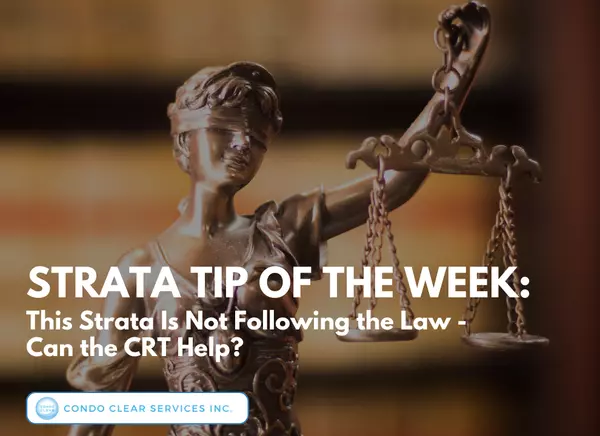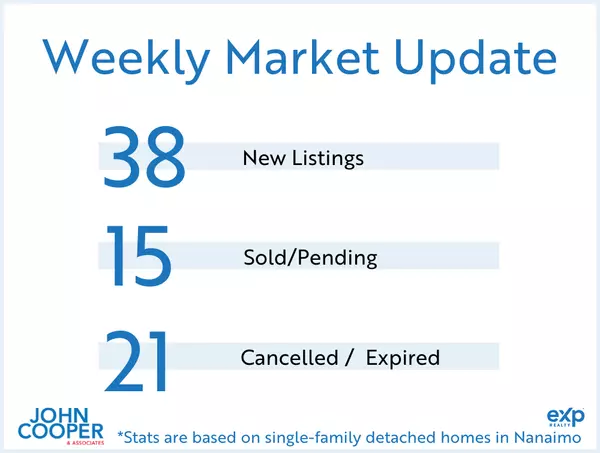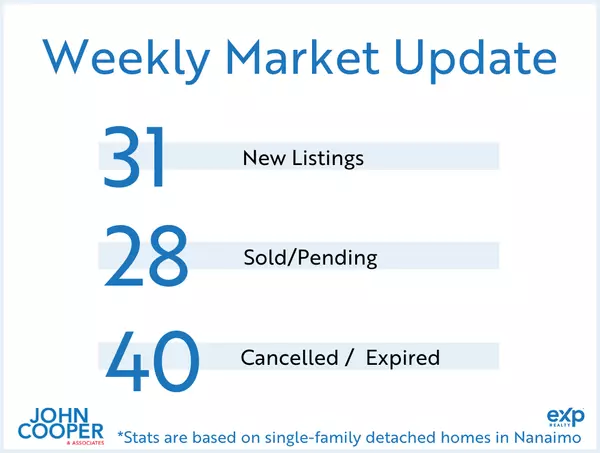Strata Tip of the Week – Understanding Parking and Storage in Strata Corporations
Parking and storage are often important features of strata living. Who gets parking stalls or storage lockers, how they are assigned, and whether those rights can change all depend on how those components are designated and how the strata corporation manages and allocates them. Because parking and storage rights can vary from building to building, it’s important to understand both how these areas are designated and, in some cases, how they’re allocated among residents. Having a clear understanding of these details helps buyers make informed decisions and helps owners avoid confusion or disputes relating to parking and storage.
The fact that someone is currently using a parking stall or storage locker doesn’t necessarily mean that right is permanent or transferable. The correct designation and allocation should always be confirmed on the Form B and strata plan.
At Condo Clear, we regularly review strata documents and Form Bs from across the province and see how different approaches to parking and storage can impact owners and buyers. Understanding these details early helps everyone make more informed decisions.
1. Why Are Parking and Storage Designations Important?
Parking and storage can have a big impact on convenience, value, and how smoothly things run in a strata. The rights connected to a stall or locker determine who can use it, how long they can keep it, and what happens when a unit is sold.
While buildings built in the 90s or earlier often came with more parking stalls and storage lockers than units, many newer strata developments have fewer stalls and lockers than units, making these components even more important and valuable to both buyers and owners. Understanding how parking and storage are designated and managed helps ensure there are no surprises when buying, selling, or living in a strata.
2. Where Can I Find Information About the Parking and Storage?
Details about a strata lot’s parking and storage are listed on the Form B: Information Certificate. It’s a good place to start, but it’s also important to verify this information against the registered strata plan or parking plan filed with the Land Title Office. Errors on Form Bs are not uncommon, especially when stall or locker numbers have changed over time, so always double-check that the information matches what’s shown on the plan. If it doesn’t, it’s worth doing a bit more digging to make sure you have a correct understanding of the rights you have to any parking or storage.
3. What Are the Different Ways Parking and Storage Can Be Designated?
Parking stalls and storage lockers can be designated in several different ways. The type of designation determines who controls the space, how it can be used, and whether that right can change over time.
Here are the five most common designations:
- Forms Part of the Strata Lot – Often found in townhouse-style developments. The stall or locker is legally part of the strata lot and transfers automatically with the unit. In some developments, parking stalls or storage lockers may be designated as separate strata lots that must be transferred separately from the unit.
- Common Property – The strata council grants permission to use parking stalls or storage lockers that form part of the common property. Permission is often renewed each year but can change, especially in buildings with more units than parking stalls or storage lockers. Under section 76 of the Strata Property Act, exclusive-use permission for common property can only be granted for up to one year, may include conditions, and can be changed or cancelled by council with reasonable notice.
- Limited Common Property for a Single Strata Lot – A strata lot has exclusive use of a specific parking stall or storage locker designated as Limited Common Property (LCP). The right to use LCP attaches to the strata lot and transfers automatically when the unit is sold. Removing or changing an LCP designation generally requires the owners to approve either a unanimous or three-quarters vote resolution, depending on how the LCP was originally created.
- Limited Common Property for a Group of Strata Lots – Often found in sectioned stratas or larger developments. This designation works much like common property, where the council or section executive grants permission to use a spot. Permission is often renewed each year but can change, especially in buildings with more units than parking stalls or storage lockers.
- Owner Developer Assignment (Long-Term Lease or License) – Parking and storage may be subject to a long-term lease associated with the strata lot. A copy of the lease and assignment documents should be obtained from the seller, as the strata corporation often does not receive or retain these copies. Buyers should have these documents reviewed by a lawyer to verify their enforceability and confirm that the lease allows the parking or storage rights to transfer to the new owner.
4. Key Things to Check and Keep in Mind
Whether you’re buying, selling, or already living in a strata, it’s important to confirm that parking and storage information is accurate and properly documented. A few simple checks can prevent confusion or disputes later on.
Some information that is worth reviewing:
- Current Form B that clearly identifies how parking stalls and storage lockers are designated and allocated
- Cross-check that the information on the Form B matches the registered strata plan or parking plan
- Bylaws and rules about parking allocation, swaps, subletting, fees, and fines
- If use is based on short-term exclusive-use permission, confirm the expiry date and renewal process
- Any waitlists for stall or locker allocation
- For long-term leases or licenses, obtain copies of the lease and assignment documents
- Confirmation of whether any stalls are designated as accessible and who has permission to use them
- Evidence that parking stall and storage locker numbering matches what’s on record
If you’re unsure how to confirm these details or interpret what’s on the Form B and strata plan, Condo Clear can help. Our licensed team reviews these documents every day and provides clear, practical explanations for buyers, sellers, Realtors, strata owners, council members, and strata corporations across BC.
Bottom Line
Parking and storage are valuable components of strata ownership, but they’re also among the most misunderstood. Because designations and allocations can vary between buildings, and because a current owner’s use doesn’t always reflect permanent or transferable rights, it’s always worth confirming how these areas are designated and allocated, who controls them, and what documentation supports that use. Taking the time to review the details early can prevent mix-ups, protect your rights, and ensure there are no surprises after you move in or when it comes time to sell.
At Condo Clear, we review strata documents every day and share these insights to help buyers and owners feel more confident in navigating strata living. Sign up for our Strata Tip of the Week Newsletter today to stay up to date with the latest strata news and articles.
That’s it for this week. If you have any suggestions for other topics you’d like us to cover, please let us know at info@condoclear.ca.
Author: Mugurel Mic
Disclaimer: The information provided is for general purposes only. It is not intended to provide legal advice or opinions of any kind. No one should act, or refrain from acting, based solely upon the materials provided, any hypertext links or other general information without first seeking appropriate legal or other professional advice.
A little about Condo Clear:
They are a fully licensed brokerage under the BCFSA, and carry Errors and Omissions (E&O) insurance.
They have been in business since 2017 and have completed over 3,000 strata reviews to date province-wide.
Their Review Advisors have firsthand knowledge and experience. They’ve all been practicing strata managers.
FAQs: How do Condo Clear’s services work?
Pricing: How much do Condo Clear’s services cost?
Learn More: https://condoclear.ca/
Categories
Recent Posts










